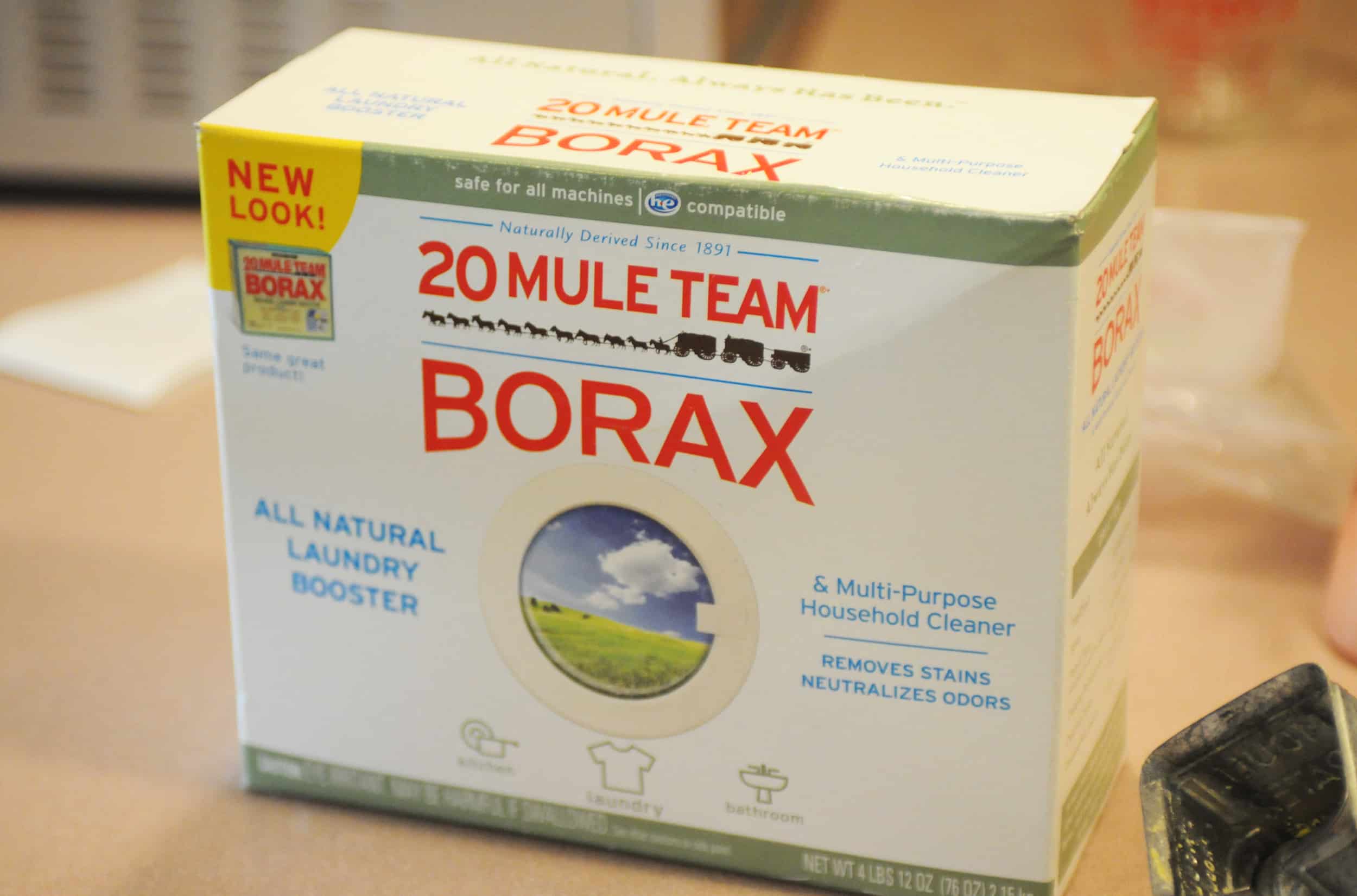Farmers who couldn’t afford commercial paints often made their own. Mixing linseed oil, skimmed milk, and lime with iron oxide (commonly referred to as “rust”) produced a sealant with an orange or red tint which dried into an impregnable surface that prevented mold and fungus growth – helping extend wood’s lifespan by keeping wood free of decaying rot.
Cheap Paint
Centuries ago, farmers didn’t have many choices when it came to paints. While they desired an effective coating that could protect their barns from harsh elements without breaking the bank, finding one was difficult – until finally, they discovered one!
In the 1700s, barn sealers typically used a mixture of linseed oil, lime, and skimmed milk as the foundation to give their barns their distinctive red hue. When dry, this would often take on an orange or red hue to produce the classic barn red color; some wealthy farmers even claimed they added blood from recent slaughters into the mixture to further intensify it later when exposed to oxygen.
Either way, one reason so many barns remain red today is simply due to their affordability. While myths exist regarding why they use red paint – like how it helps lost cows find their way home — the real truth lies within its practicality and affordability.
If something is meant to stand the test of time for decades to come then protection measures such as painting are needed – one such protection option for wooden structures being decayed is painting them red!
Protection from the Elements
Driving through rural American communities, one of the most iconic sights is a barn or other structure painted red. Barns provide many useful functions for their owners – sheltering livestock from harsh elements while making hay last longer or keeping tools and equipment secure from weather damage – but you may be curious as to why so many are painted with such vibrant hues.
Back in the 1700s, farmers discovered that seasoning wood could help it better withstand environmental elements. They began using a mixture of skimmed milk, lime, and red iron oxide to coat it in plastic-like layers to protect it from water damage while simultaneously absorbing sunrays to warm barns in winter, helping keep animals comfortable.
To enhance their paint’s effectiveness, they added rust as a natural fungicide that prevented moss and mold growth on barns; this ensured they lasted much longer with fewer repairs over time.
After chemical pigments became readily available in the late 1800s, farmers had more choices when it came to painting their structures – with red remaining the most popular choice since it was the least expensive option available to them – leading them to continue the tradition of red barns today.
Warmth
Farmers often paint barns red to guide livestock back home should they ever become lost, but this is false: cows are colorblind and cannot see red; while they might still find their way home in other shades like brownish-red hues.
Red is often chosen because it is economical. Back when paint was scarce, farmers had to get creative and use whatever resources were at hand to protect wooden buildings from weathering – usually an orange-hued oil from flax plants, skim milk, and lime were combined with ferrous oxide (commonly known as rust). Once mixed they produced that classic red hue seen today on many barns.
This rusty orange/red mixture proved highly effective as a preservative, discouraging the growth of fungus and moss while reflecting more sun rays during winter to keep the barn warmer. As time passed and more affordable paint options became available, the tradition continued and has endured to this day.
Tradition
Painting barns red is not only beneficial from an economic standpoint but it is also part of tradition. The practice likely originated during the 1700s when farmers started sealing wooden buildings to protect them from weather elements. Before this change, barns would weather to a dull brown color over time.
Farmers used linseed oil (derived from flax seeds) combined with other ingredients like skimmed milk and lime to protect wood against decay by seasoning it and protecting its resistance to it. This helped protect and extend its life.
Additionally, this solution killed off any fungi or moss that might otherwise take over and lead to the rapid decay of structures. Some wealthy farmers added blood from recent slaughtering to their mixture, which produced a dark orange or burnt red hue, similar to rust.
Rusty hues attracted more sunlight, keeping barns warmer in winter while protecting them from snowfall. Soon enough, this became an effective method of protecting farm buildings – quickly leading to red becoming the standard hue.
Though some believe red helps guide livestock home, as cows can more readily recognize this hue than others, this belief is false; cattle are colorblind. Still, red stands as an emblematic color to represent all the hard work farmers put in, with most new barns today still painted red to pay homage to those who came before.
Discover More
- How Many Super Bowls Has Aaron Rodgers Won: Celebrating the Triumphs of a Football Legend
- How to Draw a Mouth: Facial Feature Artistry
- How to Get Rid of Earwigs: Effective Strategies for Pest Elimination
- How Long Does it Take for Grass Seed to Grow: Gardening Patience Gauge
- How Long Does CBD Stay in Your System




